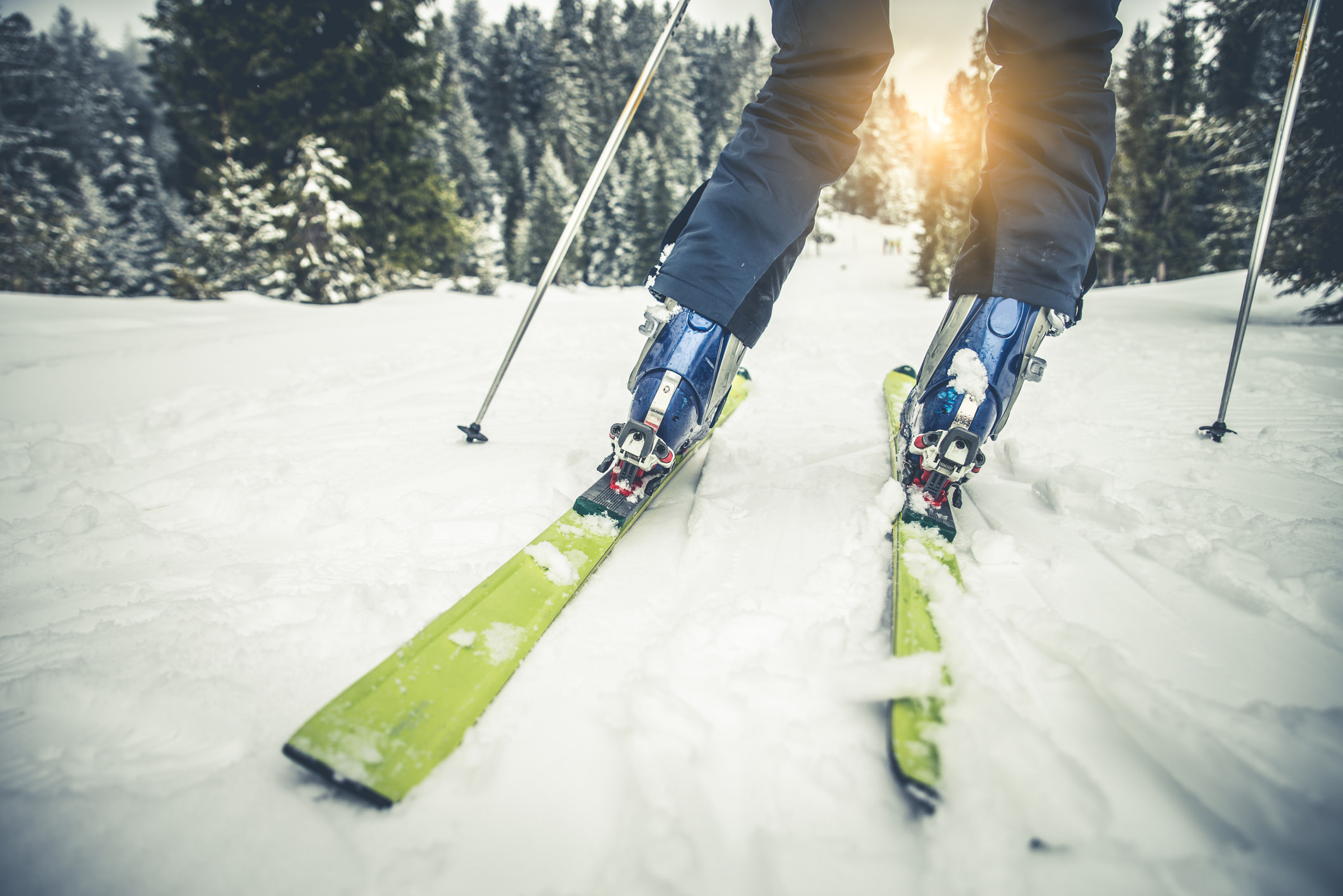Skiing is one of those sports that even the least sporty of us can enjoy, but whether you’re a seasoned skier or hitting the slopes for the first time, there will always be a risk of injury when you are speeding down the side of a mountain. Like all sports, there are a number of injuries that commonly occur in skiing. Here, we’re going to look at what those are, and how they can be avoided.
Shifting from Dry Slopes
Experienced skiers will always argue over the validity of training on dry slopes, such as in Kilternan. Whether you think it is a beneficial technique or not, if you have been training on dry slopes, there are a few things to note when you transfer. The first is that you will go considerably faster on a real slope, so ensure you start off with wide, horizontal zigzags to familiarise yourself with the snow.
The second thing to note is that while you may need to hop a little while turning on a dry slope, you will do things a little differently on wet snow. As you turn, your skis will not only point you in another direction, but will also scrape the ground, and pack up snow underneath them. While this is happening, you will lean inwards, placing a lot of pressure on your inner-ankle. Falling while leaning or losing your footing can result in a twisted ankle, so start off slow and pay particular attention to your turning.
Finally, bear in mind that the texture of the snow will change as you go down the mountain. The top is icier, as in addition to being colder, you have more people skiing in a smaller area. This compacts the snow, making it harder and more slippery. As you go down, the snow will become fluffier, which is less slippery, but can be harder to turn in if you go in too deep.
Fall Right
Falling is very common in skiing, and you’ll often see people ensure what looks like a brutal fall, only to pop back up and ski off unharmed. While the snow does provide some extra cushioning, the key to falling safely in skiing is to know how to fall. At the first inkling that you may be losing your balance, avoid the temptation to swing back and forth like you’re on a building ledge, and try to squat instead. This will lower your centre of gravity, and allow you to drag your hands and bottom along the sow to slow you down. Aim to ski off to one side while doing this to avoid picking up speed.
Remember that your legs are more restricted than any other part of your body at that moment, so try to make sure they don’t get forced into any awkward positions. Avoid leaning too far in any direction, and if need be, throw yourself on the ground, with your legs aimed downhill. This will prevent injury, but also allow you to control the speed and direction of your slide.
Finally, don’t stick your hands out. While this is the natural temptation when falling, it can lead to serious injury, particularly if the pole gets snagged. Instead, put your hands up to your head as though you were curling into a ball. This will stop them getting caught on anything, and will keep them near your head to protect it if need be.
Knee Injuries
Ligament tears in the knee account for about one third of all ski injuries, so this is one to look out for. The Medial Collateral Ligament & the Anterior Cruciate Ligament are commonly torn when skiers make sharp turns, and could end up ruining the whole trip. New skiers should ensure they learn their technique perfectly before starting to make faster turns. But if you are someone who skis frequently and are worried about your knees, wearing a knee brace could help give you some extra support.
Skiing is a sport most of us don’t get to do too often, so it can be easy to forget the rules and get caught up in the excitement. But it is just as easy to seriously injure yourself, and ruin the whole trip on day one if you’re not careful. Following the guidelines above will help keep you safe from some of the most common injuries, but all slopes are different, so familiarise yourself with your surroundings no matter where you are.
Looking for expert help? Get in touch!

